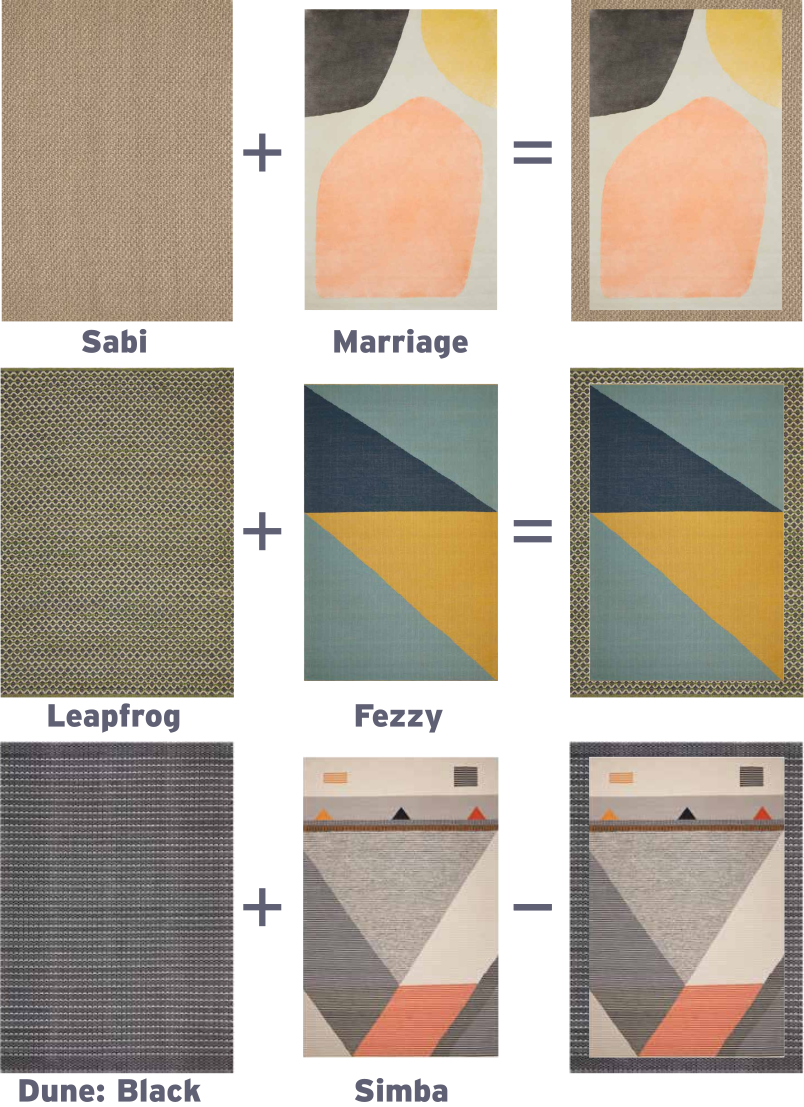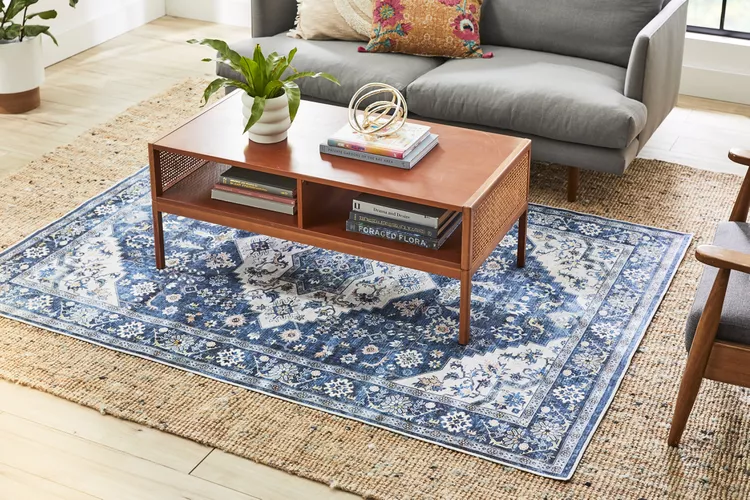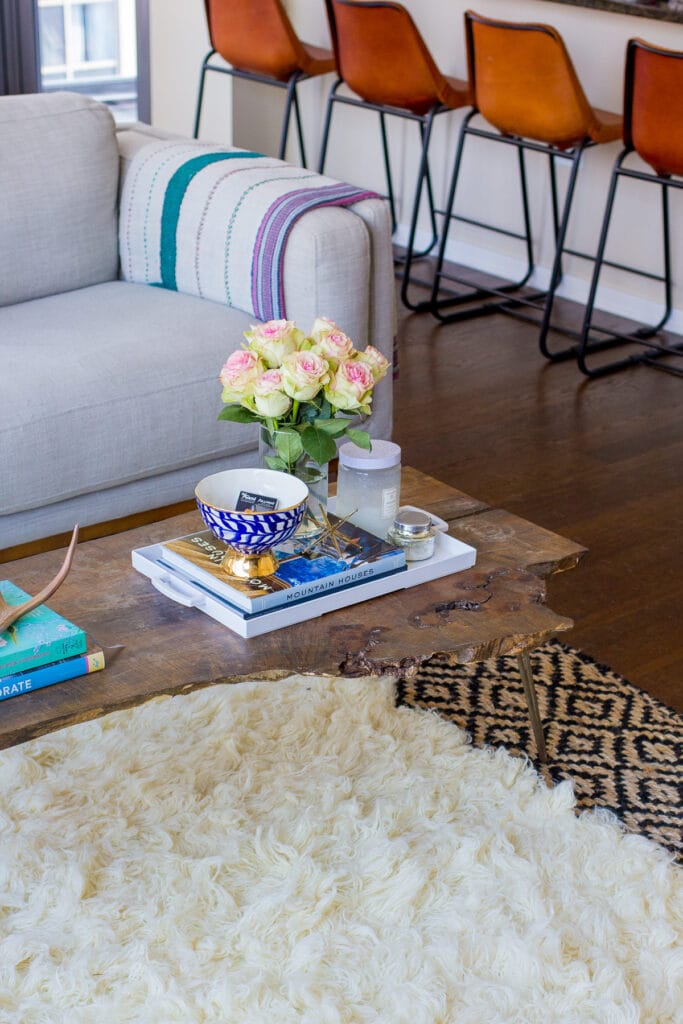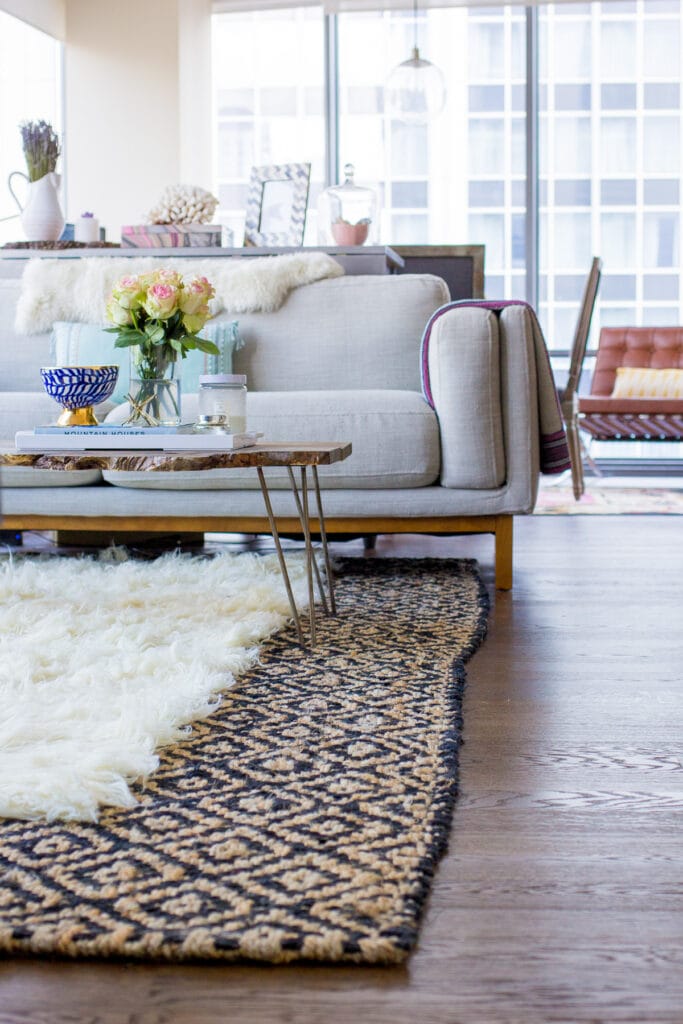Layering rugs has become a defining trend in modern interior design, offering a versatile way to add texture, warmth, and character to your home. This style-savvy approach elevates a room’s aesthetic while providing practical benefits like space definition and added cosiness. Whether you’re new to the concept or looking for inspiration, layering rugs is a must-try design technique here to stay.

What Does Layering Rugs Mean?
At its core, layering rugs involves placing one rug over another to create depth and visual interest. This technique can transform a bland space into a dynamic and inviting one. Picture a flatwoven natural fibre rug acting as the neutral base, with a bold, colourful piece artfully positioned on top. The result? A room that exudes sophistication and personality.
Layering can work in any space, from living rooms and bedrooms to dining areas. It’s a flexible approach that lets you experiment with patterns, textures, and sizes to reflect your unique style.

Why Is Rug Layering So Popular

A Personal Statement
Layering rugs is an easy way to express individuality. With no two rugs being the same, especially handcrafted pieces, you can craft a look that’s entirely your own.
Practical Benefits
Layering isn’t just about aesthetics. It also provides warmth, reduces noise, and helps define specific areas within open-concept spaces. Plus, it’s an excellent way to protect more delicate rugs by placing them on top of durable bases.
How to Layer Rugs Like a Pro
Step 1: Start With a Neutral Base Rug
Begin with a foundational rug that’s understated but durable. Flatwoven pieces or natural fibre rugs are perfect choices. These rugs offer neutral tones and simple patterns that set the stage for layering.
Step 2: Add a Statement Rug on Top
Now, bring in a rug that catches the eye. Bold patterns and vibrant colours are ideal for this step. Whether it is an intricate design or a luxurious soft piece, a statement rug adds drama and elegance.
Step 3: Experiment With Textures
Mixing textures is key to successful layering. Pair a plush rug with a flatweave for a rich tactile experience. This contrast enhances the room’s overall appeal.
Step 4: Consider Room Size and Layout
In smaller rooms, opt for subtle layering to avoid overwhelming the space. Larger rooms, on the other hand, can handle bolder combinations. Ensure your furniture placement complements the layered look for a cohesive design.
Common Mistakes to Avoid When Layering Rugs
- Overcrowding the Space: Too many layers can make a room feel cluttered. Stick to two rugs for most spaces.
- Ignoring Colour Harmony: Ensure the colours complement rather than clash. Use curated palettes for inspiration.
- Choosing the Wrong Sizes: The base rug should always be larger than the top rug to maintain balance.

Top Rug Layering Ideas for Different Rooms
Living Room: Cosy Corners and Focal Points
Layer a large, neutral rug beneath a smaller, patterned rug to anchor your seating area. Try a textured design as the base and a vibrant piece on top for a stunning effect.
Bedroom: Add Warmth at the Bedside
Place a textured base rug under your bed, with a smaller, softer rug at the foot. This creates a cosy, layered look that’s both practical and stylish.
Dining Area: Define Your Dining Zone
Use a durable rug as the base under your dining table. Add a smaller, colourful rug to bring a touch of personality to the space.
Best Rug Combinations for Layering
- Patterns and Solids: Pair a bold patterned rug with a solid, neutral piece for balance.
- Vintage and Modern: Combine vintage-inspired designs with contemporary flatwoven styles.
- Shapes and Sizes: Experiment with layering round rugs over rectangular ones for an unexpected twist.
Final Thoughts: Why You Should Try Rug Layering Today
Layering rugs is more than just a trend; it’s a versatile design technique that can transform your home. Whether you are drawn to bold patterns, rich textures, or subtle elegance, handcrafted rugs offer endless possibilities for creating a space that feels uniquely yours. Dive into the world of layered rugs and redefine the way you think about interior design.
What type of rugs work best for layering?
Natural fibre base rugs paired with softer, statement pieces work best. Explore options like textured and flatwoven designs for ideal combinations.
Can you layer rugs on the carpet?
Yes! Layering rugs on low-pile carpets adds visual interest and defines areas within a room.
Are layering rugs practical for homes with pets?
Absolutely. Use durable base rugs and place smaller, delicate rugs in areas with less pet traffic.
How do I clean layered rugs?
Spot clean spills immediately and rotate rugs every few months to distribute wear evenly. Refer to cleaning guides for specific care tips.
